Early 2015 and I was heading back to Istanbul once again for a quick cultural tour of both the European old city and the Anatolian side. I love playing tour guide for family and friends who are visiting new places and, seeing as I’d lived in this city for about six months, I was the perfect person to plan the trip and our excursions.
Hagia Sophia
This building is almost 1,500 years old. That’s not a typo. One THOUSAND and FIVE HUNDRED years. I’m not sure I’ve come across anything in my world travels that’s quite that ancient. (I’ve yet to see the Pyramids at Giza though.) It’s easy to forget the age of the place as it was built so well you wouldn’t be surprised if I said it was a hundred years old.
Originally a cathedral built by the Greek Orthodox church, it was officially the world’s largest cathedral for almost a thousand years. The conquering Ottoman’s converted the Hagia Sophia into a Mosque in 1453, and it remained open to Muslim worshippers until 1931. However, once Kamal Ataturk began his process of secularisation of the newly founded Republic of Turkey, the Hagia Sophia was converted into a national museum in 1935 – which seems most fair if I’m being honest. Once inside, you will see remnants of both its Christian and Islamic history.
Topkapi Palace
Built in the 15th century, the Topkapi Palace was the main residence of the Sultan and also served as his administrative headquarters and harem. Mehmed the Conquerer orders its construction in 1459, six years after he took over the old city of Constantinople. It was given the name “Topkapi” (meaning Cannon Gate) in the 19th century. Before that it was known as the “New Palace” (Yeni Saray).
Today, it’s a hugely impressive museum and top tourist attraction. Housing many artefacts from the Ottoman era, the Palace also has relics from the earliest years of Islam that belonged to the Prophet Muhammad, including his cloak, swords, battle sabres, a signed letter, beard hairs and tooth! There are also numerous items that belonged to Sahabah and (supposedly) other Islamic Prophets. How much of that is true, I’m not sure. But if even 10% of what’s claimed is genuine then it’s still very impressive.
Basilica Cistern
Several hundred cisterns were built beneath the city of Constantinople and the one here is the biggest of them all, capable of storing almost 3 million cubic feet (80,000 cubic metres) of water. These cisterns were used to store and filter water for the city’s residents, with the Basilica Cistern serving the Great Palace of Constantinople and later the Topkapi Palace. It’s been referenced many times in pop culture, being used as a location in novels, movies and video games. Ultimately, however, it’s just a big empty space, with some impressively carved marble, that stored water. Unless you’ve got nothing else to see, it isn’t worth paying for a ticket.
Sulemaniye Masjid
Sultanahmet Masjid
Also known as the Blue Mosque, and is conveniently located across the Sultanahmet Square from the Hagia Sophia, it’s the one place where every tourist seems to snap a picture and/or selfie. Unlike the Hagia Sophia though, it doesn’t cost you anything to visit. Constructed between 1609 and 1616, the complex also includes a Madrassah and a hospice. It famously has six minarets. My Turkish friends told me that once the Blue Mosque was finished, the Ottoman’s were embarrassed into building a seventh minaret for the Grand Mosque in Makkah, because it looked like they were trying to upstage the holiest site in the Muslim world!
Bosphorus
The Bosphorus is is a narrow, natural strait of water that separates European Istanbul from Asian Istanbul. It’s the boundary between the two continents, and connects the Black Sea with the Sea of Marmara. Under the Treaty of Lausanne, it belongs to Turkey but is an international shipping lane – and so they have limited rights to control vessels using the waterway. If you spend any time watching the ships go by, you’ll almost certainly see a Russian oil tanker or two, full of fuel, heading towards the Mediterranean.

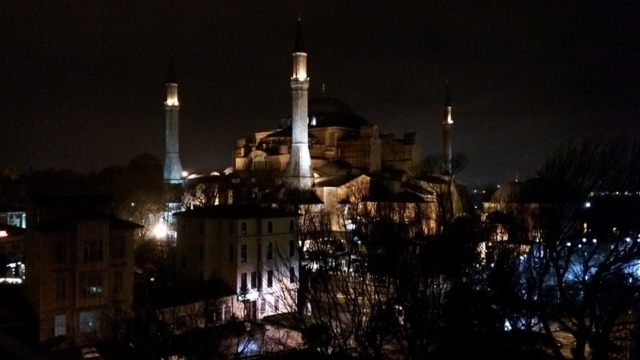



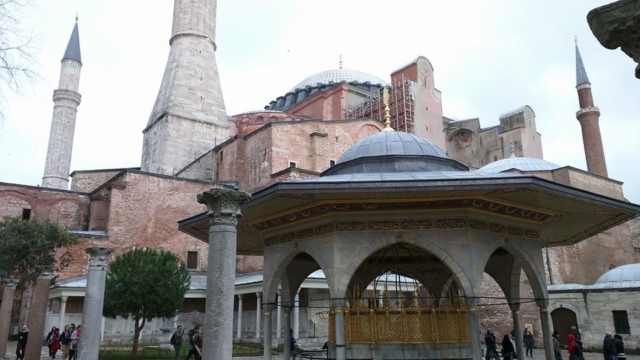
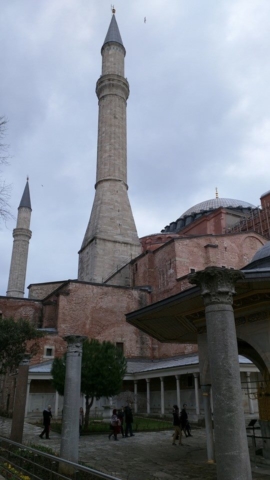

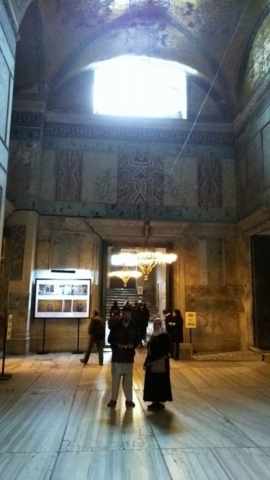






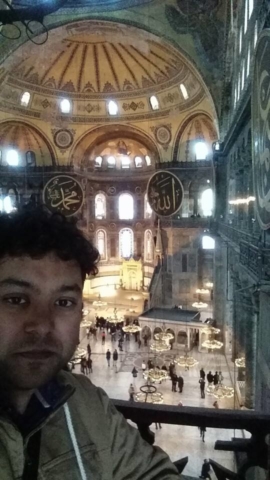
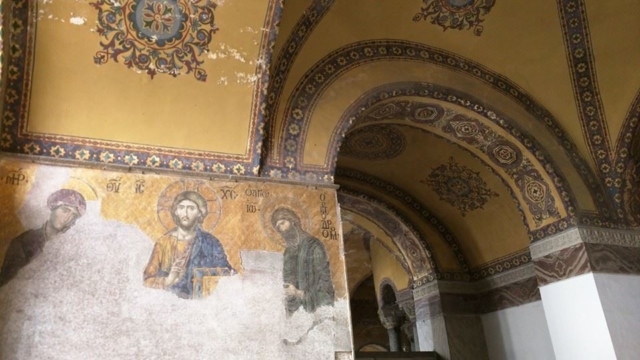
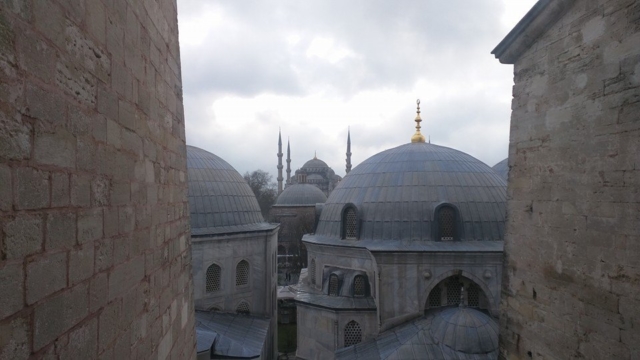
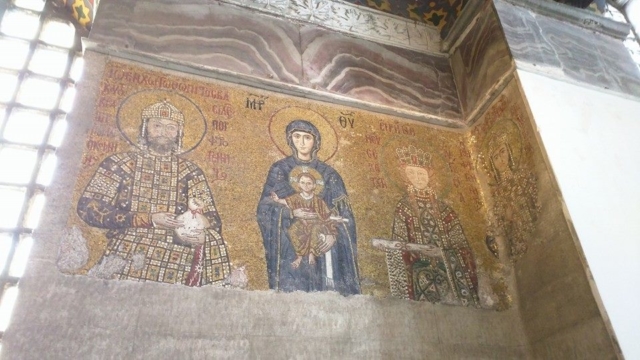
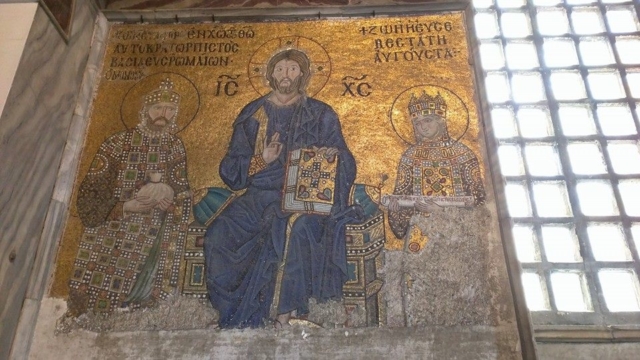




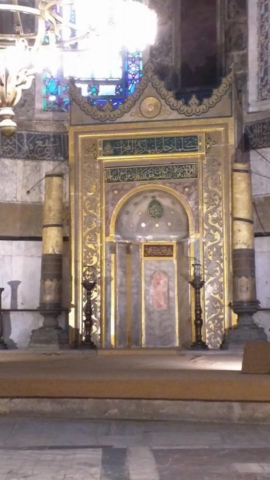

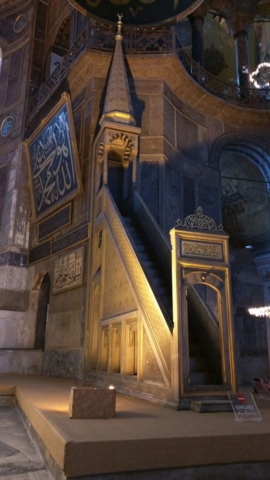
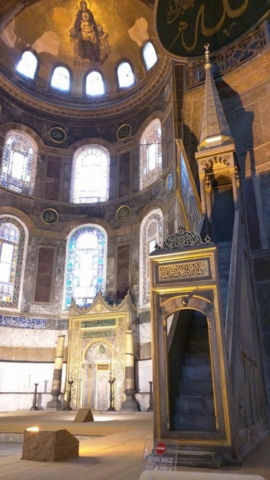
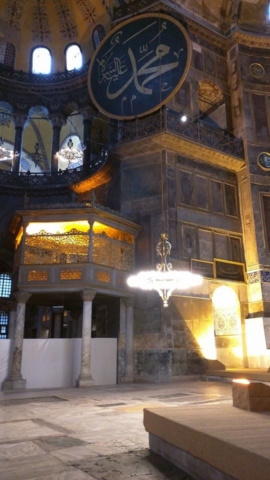

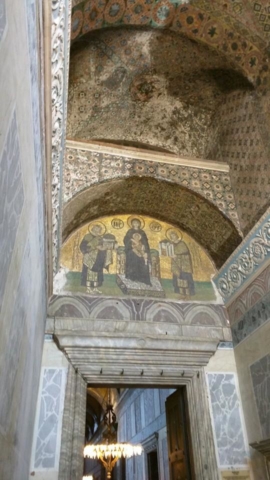
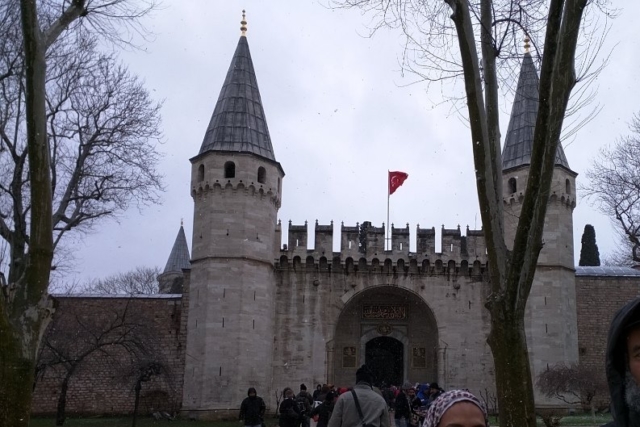


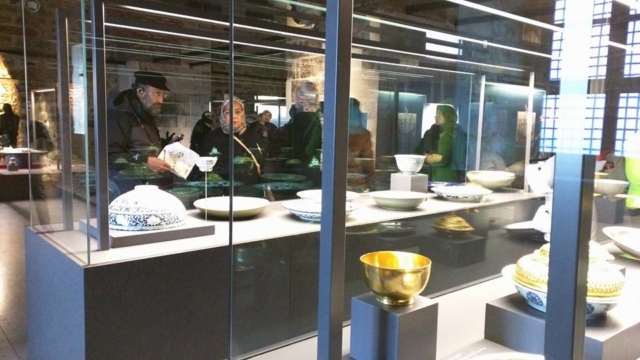
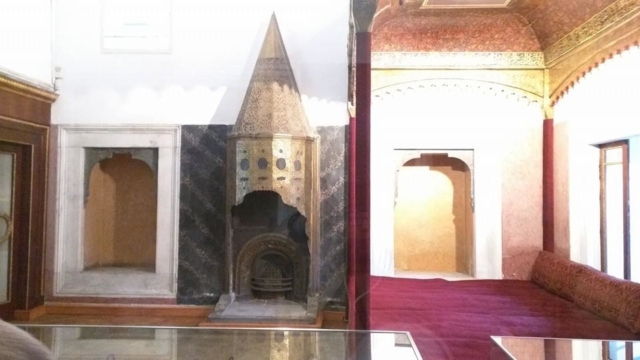

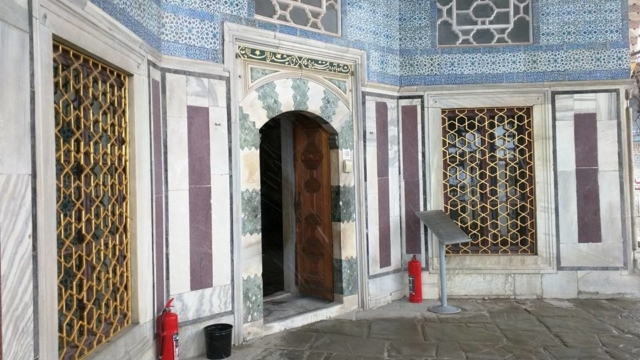




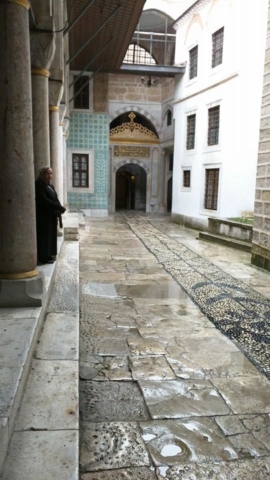
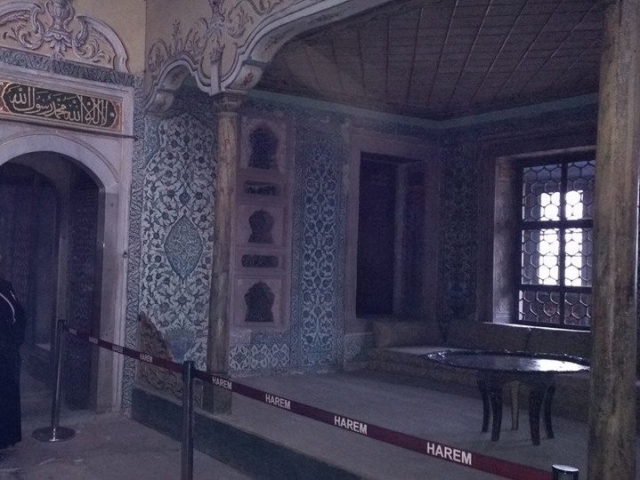
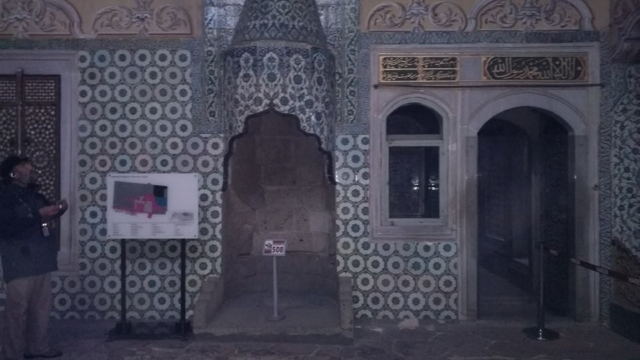

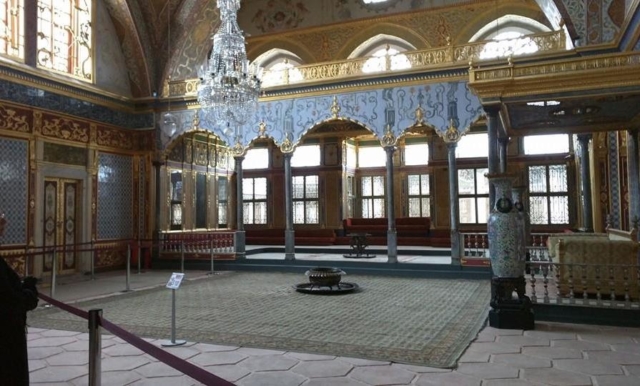

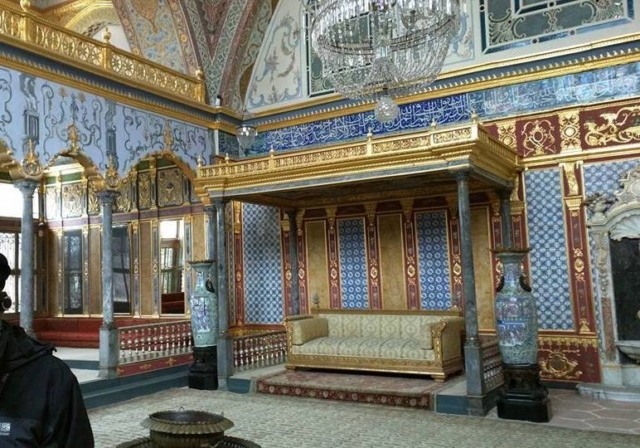
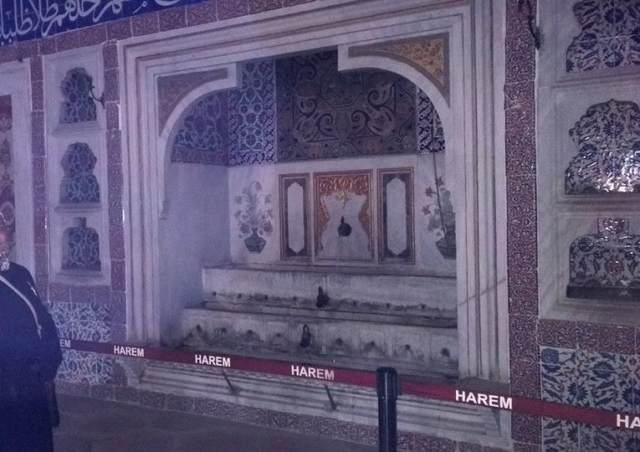
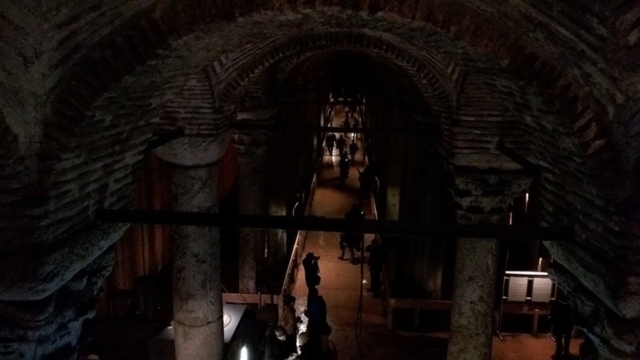
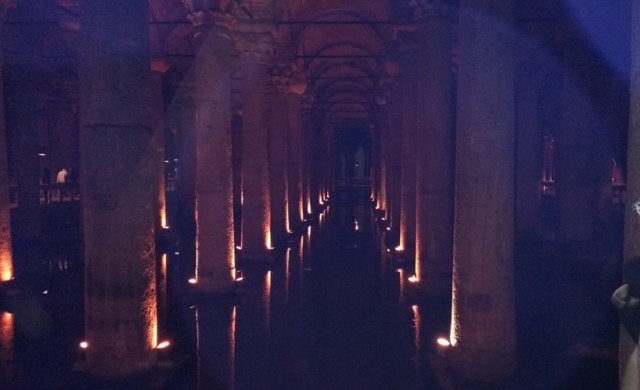



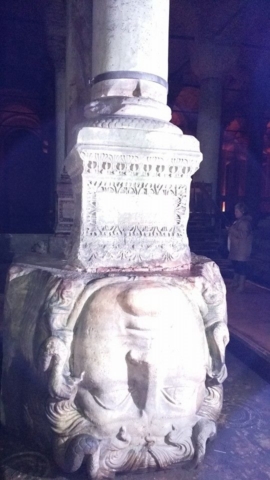
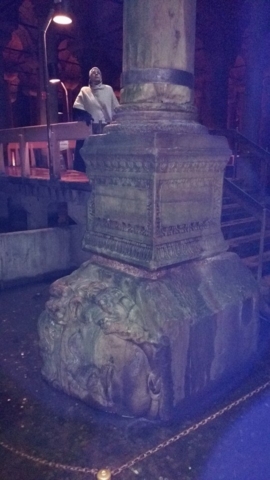
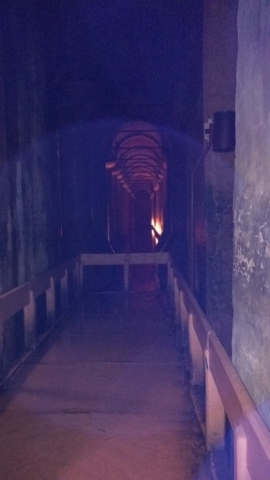

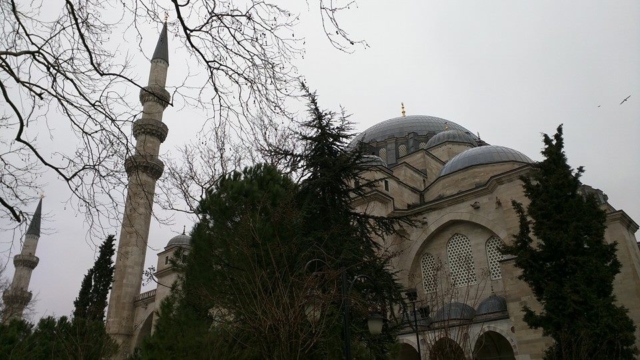
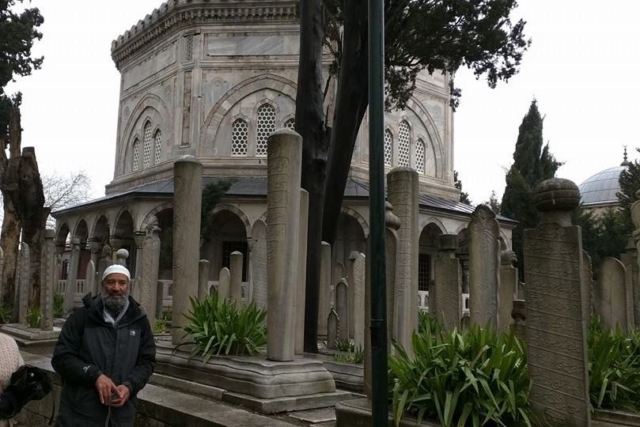
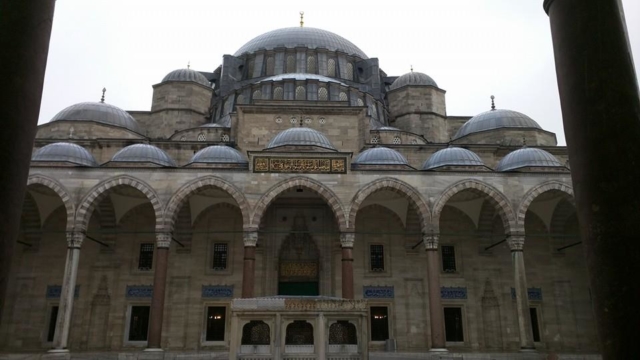



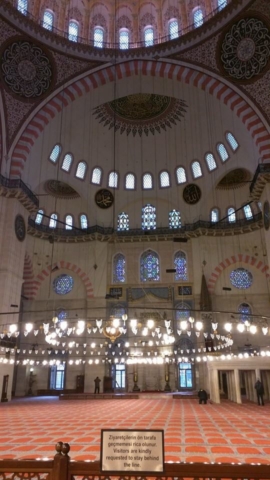






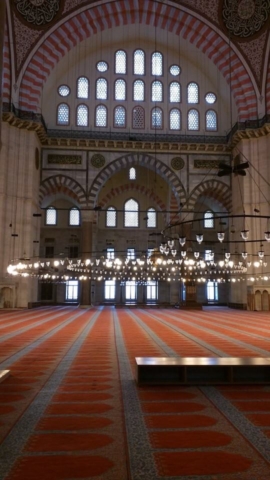
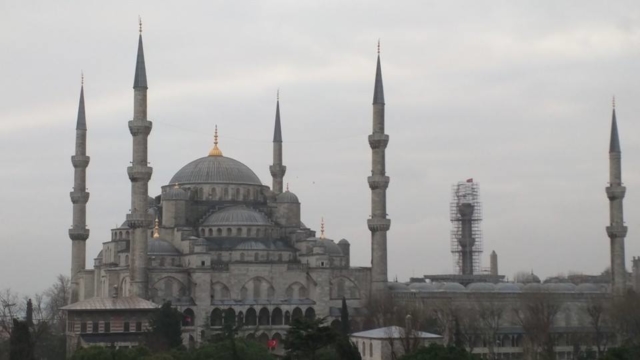
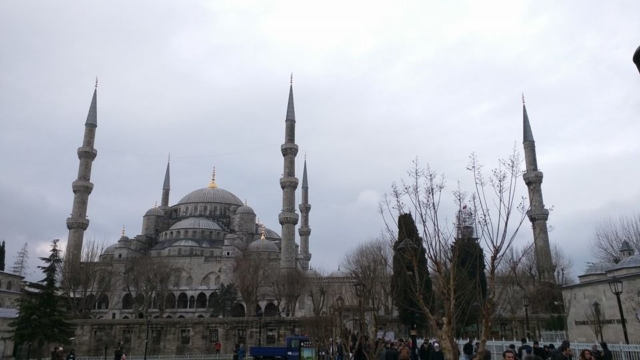






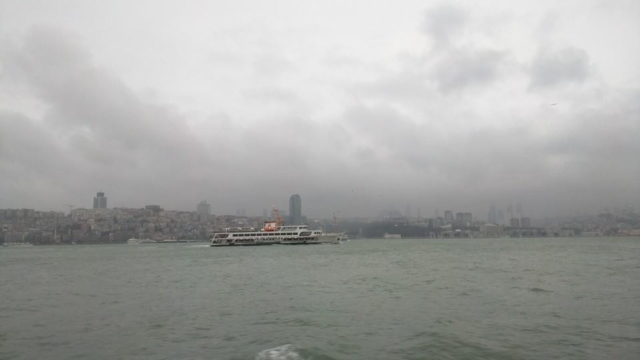
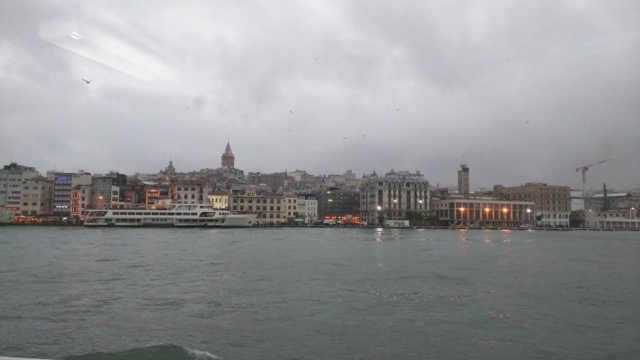

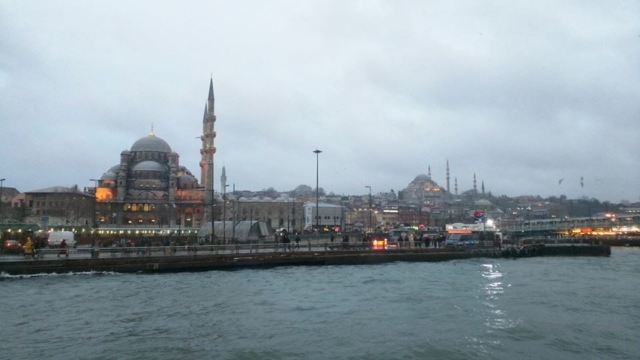
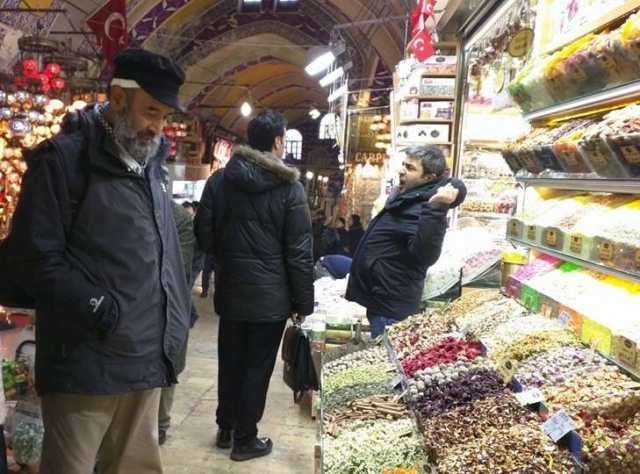


Be First to Comment